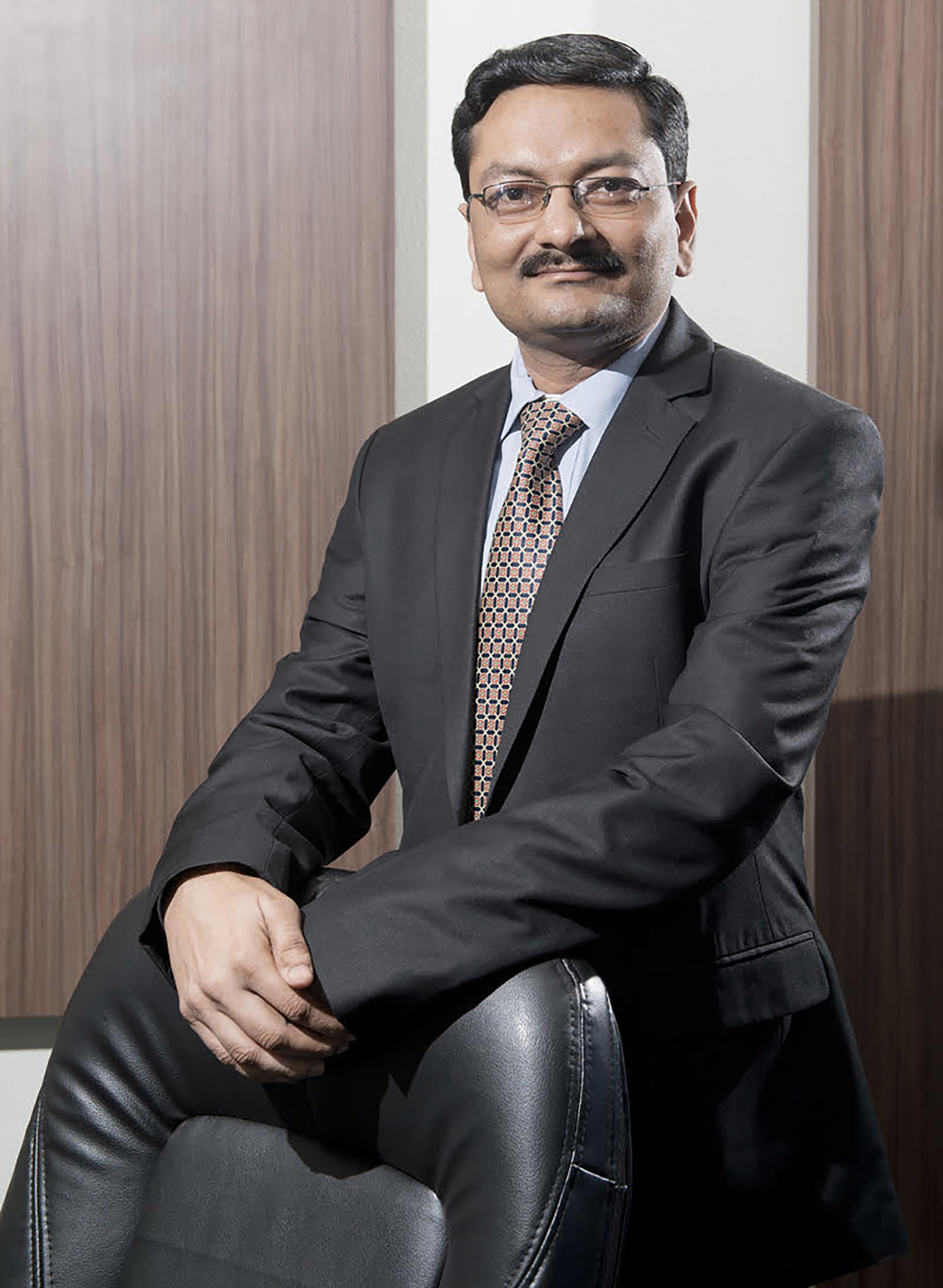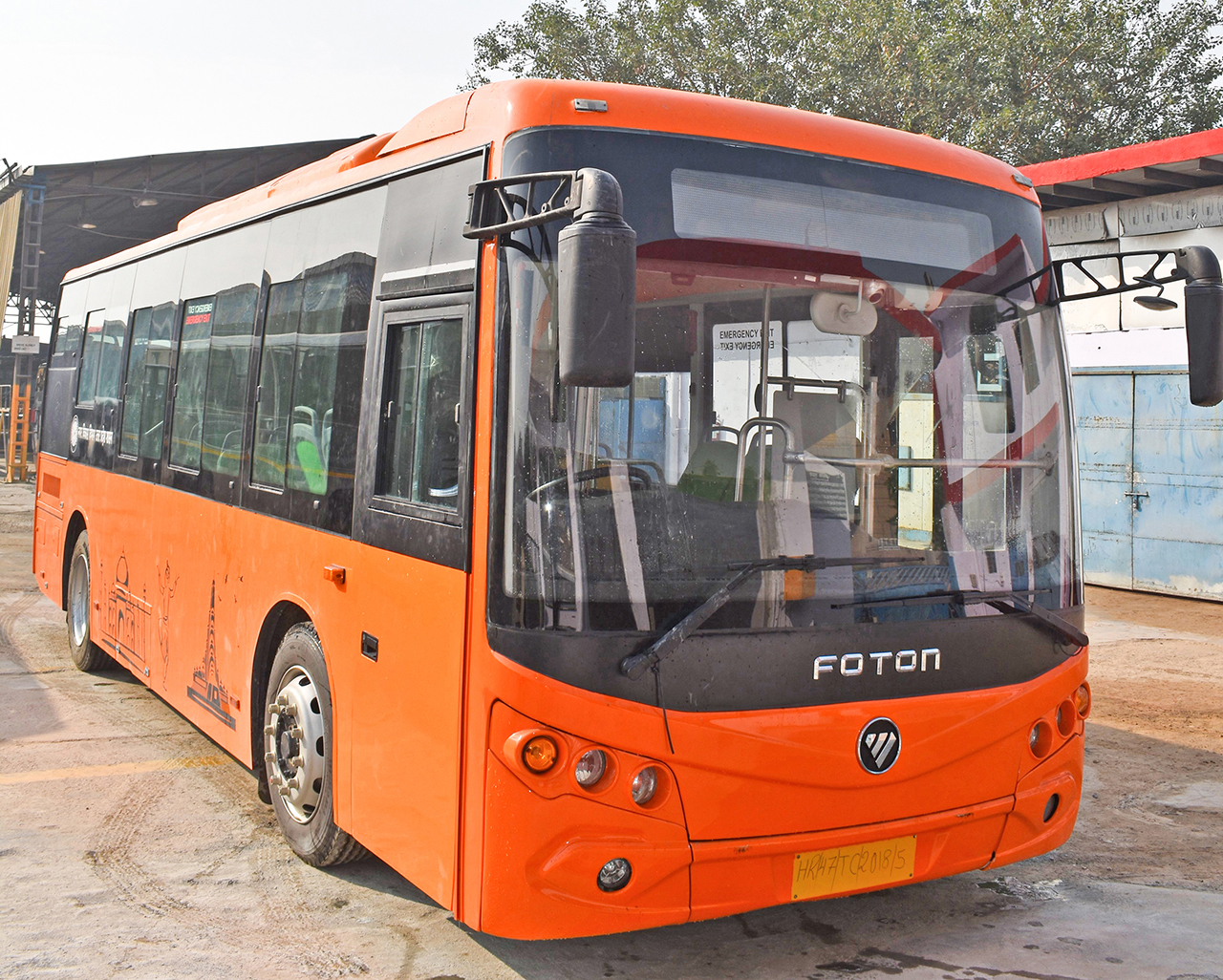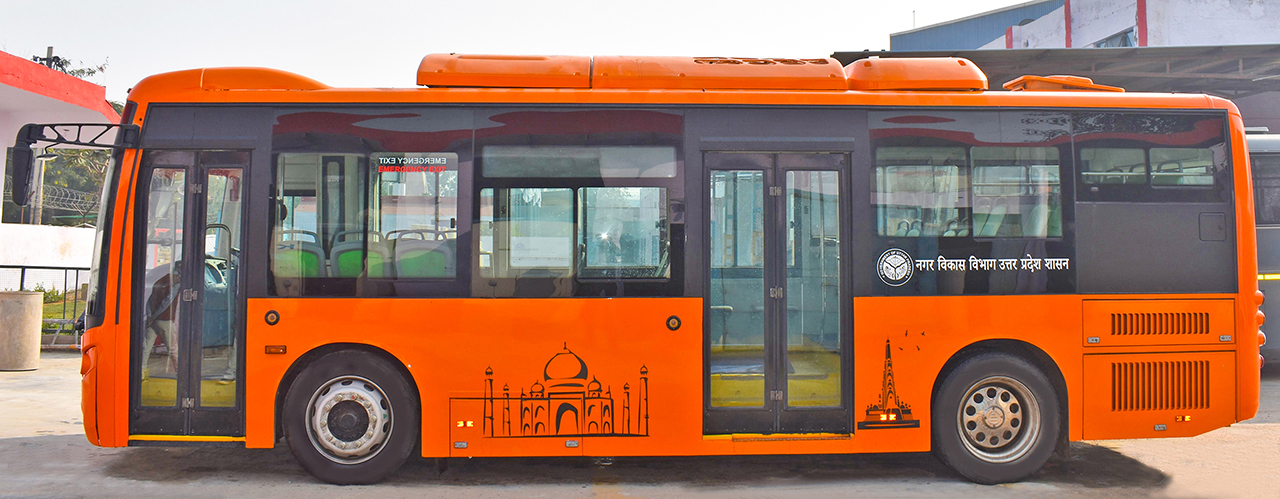GreenCell Mobility has a 3-pronged strategy as one of the pioneering institutional investors in the shared electric mobility sector in India – capital, economies of scale and strategic collaborations. Ashok Agarwal, MD & CEO, GreenCell Mobility explains to Sarada Vishnubhatla how their winning strategy works and talks about how the sector can only go up post-COVID despite the setbacks and challenges it has faced and the repercussions it is still facing. All’s well with the sector going forward is what he says!

Incorporated in October 2019, GreenCell Mobility has been incorporated by Green Growth Equity Fund (GGEF), which is a collaboration between the governments of India and the UK, as part of the Paris agreement. GGEF is funded together by the National Investment and Infrastructure Fund (NIIF) of the Government of India and the Department for International Development (DFID), UK, which have pooled in US $ 700 million, making this India’s 1st climate-focus fund. Further, British Petroleum also has made a considerable contribution to the coffers.
Mission De-carbonizing Energy
GGEF has been established with a focus on de-carbonization of energy. In alignment with the goal is GreenCell Mobility which is an eMaaS platform focused on developing shared electric mobility.
Ashok Agarwal – MD & CEO, GreenCell Mobility shares: “GreenCell Mobility has acquired strategic stake in PMI Electro consortium for deploying 350 electric buses across Uttar Pradesh, under FAME – II. Our aim is to create green routes with the state-of-the-art 9-meter buses in Uttar Pradesh, where Lucknow and Kanpur will get 100 buses each, Varanasi and Prayagraj will have 50 buses each plying, besides Gorakhpur and Jhansi each receiving 25 buses. These buses will travel for a minimum of 63,000 kms per year, lead to zero tailpipe emissions of CO2 equivalent to roughly 22,000 tons every year, and will create over 1000 jobs in the state.”
PMI Electro Mobility Solutions won the bid for deploying 350 electric buses along with charging infrastructure which has incorporated 2 Special Purpose Vehicle (SPV) companies for this purpose.
Agarwal says: “We have made investments in the SPVs, so PMI Electro is both our OEM partner and a co-shareholder. As an eMaaS company, GreenCell is investing in electric mobility as a service provider. It means that we will own, operate and maintain the buses on behalf of the Uttar Pradesh State Road Transportation Corporation. This is a contract with the Directorate of Urban Transport under the Ministry of Transport, Government of Uttar Pradesh.”
Emulating Global Case Studies
GreenCell is seeking knowledge and learning from a country closer home, which has 6000 electric buses as public transport.
Agarwal explains: “We are learning much from them. Discussions are underway for formal collaborations with them to bring in the knowhow to manage electric bus fleet. Similarly, we are in touch with lead operators and EV fleet owners in Europe, North America, Australia, China, Korea, Japan to bring their knowledge and experience of their best practices.”
Besides successful case studies being pored over and lessons being learnt to ultimately be applied at home, it is a fact that the challenges that will be faced here will be unique to our country.
Challenges & Outlook
With no precedence, the skill set in India to service electric vehicle fleets is currently nil. This is but one challenge, initial high cost of the electric buses being another. As a more expensive alternative to diesel or CNG buses, subsidy is required to make it workable.

Agarwal adds: “Today, there are no technicians available in India who can maintain electric buses. Further, service network and after sales service network needs to develop. To ease these issues, we are working with OEMs who will maintain these fleets for the next 10 years and they will also train our fleet maintenance team. Then another challenge is the financing of electric vehicles which needs an evolved EV ecosystem which is currently not present.”
Another challenge is the issue of high import content in manufacturing the EVs domestically.
He says: “The cells are not manufactured in India. We are hoping now that the government has announced Production-Linked Incentive Scheme their production will start in due course. Till then spare parts and cells will have to be imported. It is good that the FAME – II subsidy is encouraging domestic content and it has already reached about 65% or in some cases, upto 70%. But the remaining 30% content is still coming from outside India and we believe that it will take a couple of more years before an EV is completely manufactured in India.”
This, in turn, puts pressure on holding high inventories of spare parts.
He feels: “Primarily, the maintenance knowhow, availability of spares and a high lead time besides EV financing will cause challenges because there is no legacy of performance track record on Indian roads for EVs. There is bound to be some skepticism regarding the performance in India when compared to other geographies where electric buses have been in use for the last 7-8 years and performance there is not an issue.”
He adds further: “By 2030, maybe 50% of the buses and 70% of the 3-wheelers will be electric. Even if we achieve 70-80% of that target will also be encouraging.”
He is confident that as the prices come down in the next 2-5 years, the market will grow without being dependent upon subsidies.
Competition & Strategy
Though the migration from diesel and CNG to electric is inevitable and is already in motion, the electric vehicle operator market in India is highly fragmented though there are roughly 4000 known operators.
He says: “Most operators do not bid for these tenders because they may not have the required capital. Fleet migration to electric requires institutional capital and we are one among the pioneers bringing it in. Interestingly, OEMs are currently competing with each other, as they are bidding for operator contracts. As an operator, we cannot compete with OEMs. A manufacturer bidding for operator contracts is a challenge for us because they have definite advantage over us.”
And that is one of the reasons that not many operators have shown interest in bidding. Also, whether small or big – operators are still at a learning stage to understand the electric mobility technology. As things normalize post-COVID, operators will enter the market besides institutional players also participating, Agarwal feels. He is convinced that this segment is headed for heightened competition in the next 5-10 years.
He shares: “It is a big enough market which will continue to grow and gradually the OEMs will step back. As on today, they want to see their buses being run, and to demonstrate the performance and capability so that others will buy. Eventually they will remain the manufacturers but currently they want to see the product.”
Impact of COVID Pandemic
COVID pandemic has had a negative impact on the EV sector too. It has delayed the adoption of electric vehicles in India by a year if not more.
Agarwal agrees: “The electric buses which were awarded last year could not hit the ground due to COVID. New bus tenders under FAME – II have also got delayed, and so has the deployment. But in the next 6 months or so, it should be back on the normal growth curve. As a company, we had plans to deploy more because we thought the total target of 7000 will be tendered out and awarded but only a small percentage of that has been realized.”
Agarwal shares the industry belief that by the festival season in the latter half of 2021 the pre-COVID traffic will come back – be it the bus occupancy rate or the number of buses plying on the roads – after the critical mass in the country has been vaccinated.
Recommendations to Policy Makers
GreenCell has been engaging with the policy makers to improve the overall EV ecosystem, though Agarwal believes that it will take some more time for it to happen, though the policy framework is broadly in place.

He explains: “As a thought leader in this segment, GreenCell is helping ensure constructive dialogue continues to happen so that things improve. We are sure that the initial bottlenecks have been addressed aggressively at a fast pace. But there is more to be solved. For example, the power connection with the DISCOMS is highly difficult to get. It is a time consuming process and the DISCOMS do not feel encouraged to provide individual charging stations because they require a different kind of a grid. It is a big challenge in terms of capacity to cater to electric vehicle charging especially when the demand will grow at a later stage.”
He laments that though the government has reduced the GST on the electric vehicles, the chargers attract 18% tax.
He adds: “When we are billing it to STUs, there is no GST but when we are taking services, we are paying 18% which gets included into our costs. We do not get input credit on that. So challenges related to GST are there though the overall GST on electric vehicles procurement has been reduced to 5%.”
Strengths & USP
GreenCell has capital, economies of scale and collaboration with OEMs as their key strengths. Their strategy is to enter private bus operations ‘because that is where 90% market is for the bus operations in India’.
Agarwal says: “Private bus operators are cost conscious but cost as a deterrent to them will gradually cease to be an issue since cost will come down eventually. We are an institutional player and capital is our strength. Our entire strategy will be about the economies of scale. We want to work with the private operators instead of competing with them. And collaboration is what we are looking forward to with many operators who want to migrate their fleet to electric yet do not have the resources. We are OEM agnostic. As on today, we are working on the upcoming new tenders under FAME II.”
Future Roadmap
GreenCell has a target of operationalizing about 4000 electric buses in the next 5 years. As the unit economics improve, eventually minus their dependence on subsidy, they hope to work with private bus operators also.
Agarwal agrees: “Dependence upon subsidy and on vendors will reduce when the market gets onto a natural growth trajectory, and companies like ours will grow consistently. We believe that the industry also must take pro-active initiative which has started.”
GreenCell Mobility is in discussions with multiple OEMs and State Transport Undertakings (STUs). Apart from Uttar Pradesh, GreenCell is also present in Rajasthan in what is being termed as the ‘first electric bus contract’ from the Rajasthan State Road Transport Corporation. The buses will be manufactured and supplied by Mytrah Mobility and is the OEM partner for GreenCell Mobility.